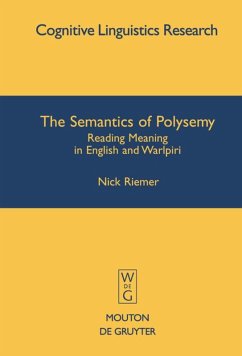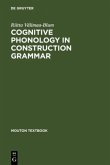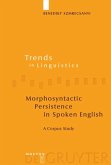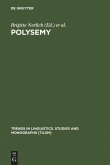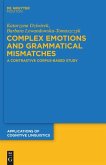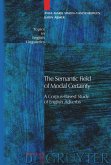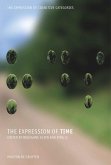This comparative investigation of the polysemous senses of English and Warlpiri percussion/impact (?hitting') verbs lays out a novel approach to the study of polysemy in cognitive linguistics. The book's theoretical chapters develop an interpretative rather than a scientific vision of the activity of semantics, problematizing the conceptualist and reductive orientations characteristic of many semantic models. The empirical chapters present a typology of the polysemous senses of English and Warlpiri percussion/impact (or P/I) verbs based on just four types of semantic operation, under which the phenomenon of polysemy emerges as amenable to strikingly concise description. The book is addressed primarily to students and researchers in semantics, cognitive linguistics, English, and Australian languages.
This book, addressed primarily to students and researchers in semantics, cognitive linguistics, English, and Australian languages, is a comparative study of the polysemy patterns displayed by percussion/impact ('hitting') verbs in English and Warlpiri (Pama-Nyungan, Central Australia).
The opening chapters develop a novel theoretical orientation for the study of polysemy via a close examination of two theoretical traditions under the broader cognitivist umbrella: Langackerian and Lakovian Cognitive Semantics and Wierzbickian Natural Semantic Metalanguage. Arguments are offered which problematize attempts in these traditions to ground the analysis of meaning either in cognitive or neurological reality, or in the existence of universal synonymy relations within the lexicon. Instead, an interpretative rather than a scientific construal of linguistic theorizing is sketched, in the context of a close examination of certain key issues in the contemporary study of polysemy such as sense individuation, the role of reference in linguistic categorization, and the demarcation between metaphor and metonymy.
The later chapters present a detailed typology of the polysemous senses of English and Warlpiri percussion/impact (or P/I) verbs based on a diachronically deep corpus of dictionary citations from Middle to contemporary English, and on a large corpus of Warlpiri citations. Limited to the operations of metaphor and of three categories of metonymy, this typology posits just four types of basic relation between extended and core meanings. As a result, the phenomenon of polysemy and semantic extension emerges as amenable to strikingly concise description.
This book, addressed primarily to students and researchers in semantics, cognitive linguistics, English, and Australian languages, is a comparative study of the polysemy patterns displayed by percussion/impact ('hitting') verbs in English and Warlpiri (Pama-Nyungan, Central Australia).
The opening chapters develop a novel theoretical orientation for the study of polysemy via a close examination of two theoretical traditions under the broader cognitivist umbrella: Langackerian and Lakovian Cognitive Semantics and Wierzbickian Natural Semantic Metalanguage. Arguments are offered which problematize attempts in these traditions to ground the analysis of meaning either in cognitive or neurological reality, or in the existence of universal synonymy relations within the lexicon. Instead, an interpretative rather than a scientific construal of linguistic theorizing is sketched, in the context of a close examination of certain key issues in the contemporary study of polysemy such as sense individuation, the role of reference in linguistic categorization, and the demarcation between metaphor and metonymy.
The later chapters present a detailed typology of the polysemous senses of English and Warlpiri percussion/impact (or P/I) verbs based on a diachronically deep corpus of dictionary citations from Middle to contemporary English, and on a large corpus of Warlpiri citations. Limited to the operations of metaphor and of three categories of metonymy, this typology posits just four types of basic relation between extended and core meanings. As a result, the phenomenon of polysemy and semantic extension emerges as amenable to strikingly concise description.

